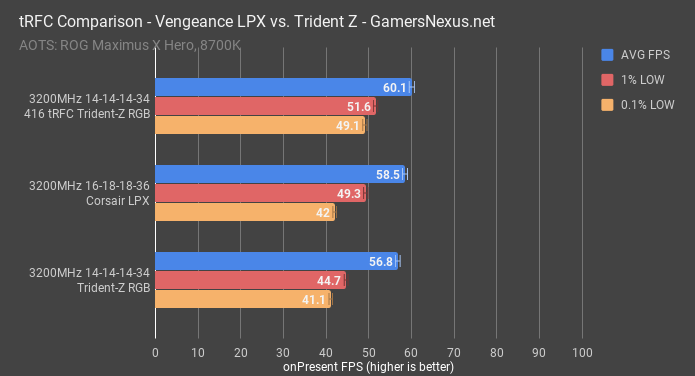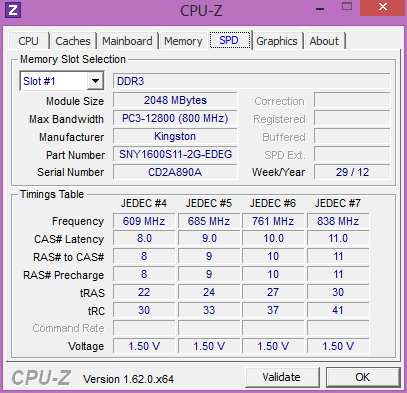Cas Latency, also known as CL Timings, refers to the number of clock cycles it takes for the RAM to access and retrieve data. A lower Cas Latency means a shorter delay time and faster data retrieval, while a higher Cas Latency means a longer delay time and slower data retrieval.

Credit: gamersnexus.net
What Is Cas Latency Or Cl Timings In Ram?
CAS Latency, also known as CL Timings, is a crucial factor in determining the performance of Random Access Memory (RAM). It refers to the time delay between the memory controller requesting data from the RAM module and actually receiving it. In simpler terms, it can be defined as the time the computer needs to wait before it can start reading data from the memory.
Definition Of Cas Latency
CL (CAS Latency) is measured in clock cycles and plays a vital role in determining the overall speed and responsiveness of RAM. It indicates the number of clock cycles needed by the RAM module to deliver the requested data. A lower CL value implies shorter waiting time, resulting in faster data retrieval.
Importance Of Cas Latency
The CAS Latency directly impacts RAM performance. Lower CAS Latency values result in improved overall system responsiveness, as data can be accessed and processed at a faster rate. It is particularly important for tasks that involve heavy data processing, such as gaming, video editing, and graphic design.
Having a low CAS Latency is essential in maintaining a high level of efficiency and minimizing delays in data retrieval. It ensures smooth multitasking and reduces the chances of system lag during resource-intensive applications.
How Cas Latency Affects Ram Performance
The CAS Latency value directly influences the RAM performance and speed. To understand this impact, let’s consider an example:
| CAS Latency | Data Retrieval Time |
|---|---|
| CL 16 | 16 clock cycles |
| CL 19 | 19 clock cycles |
| CL 22 | 22 clock cycles |
From the example above, it is evident that a RAM module with a lower CAS Latency, such as CL 16, can retrieve data faster than modules with higher CAS Latency values like CL 19 or CL 22. This means that the lower CAS Latency RAM module can respond more quickly to the CPU’s instructions, resulting in enhanced system performance.
In conclusion, Cas Latency or CL Timings in RAM determine how quickly data can be accessed and processed by the memory. Lower CAS Latency values indicate better RAM performance, leading to faster data retrieval and improved overall system responsiveness.

Credit: hardwaresecrets.com

Credit: gamersnexus.net
Frequently Asked Questions On What Is Cas Latency Or Cl Timings In Ram?
Is Ram Speed Or Cas Latency Better?
RAM clock speed will usually have a bigger impact on performance than CAS latency. Lower CAS latency is better, but overall RAM speed is more important for better performance.
What Cl Is Best For Ram?
The lower the CAS latency (CL), the better the performance of the RAM. CAS latency refers to the delay time before the computer can start reading data from memory. Therefore, a higher CL means a longer delay time. Choose RAM with lower CAS latency for better speed.
Is 40 Cas Latency Good?
A CAS latency of 40 is not considered good. A lower CAS latency indicates better performance in RAM modules. Therefore, it is recommended to choose RAM modules with a lower CAS latency for optimal speed and responsiveness.
Which Ram Timings Are Better?
Lower CAS latency timings are better for RAM. CAS latency refers to the number of clock cycles it takes for the RAM to send data, so a lower CAS latency means less delay in accessing data. However, the clock speed of the RAM also affects performance, so both factors should be considered when choosing the best RAM for your needs.
Conclusion
To summarize, CAS latency or CL timings in RAM refers to the delay time it takes for the computer to start reading data from memory. Lower CAS latency is generally better for performance, but RAM clock speed can also affect overall speed.
When considering RAM, it’s important to find a balance between CAS latency and clock speed that suits your specific needs. Understanding these factors will help you make an informed decision when choosing the best RAM for your PC.

